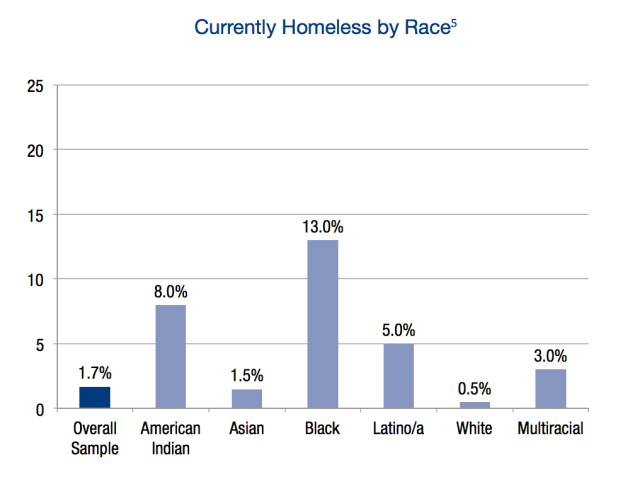Feature image via Jay’s House
Two years after promising it would implement LGBT protections across all its programs, the federal Department of Housing and Urban Development has released guidelines instructing homeless shelters and transitional housing programs on how to provide equal treatment for transgender people, ThinkProgress reports.
The guidance documents, released Friday, apply to all programs that receive HUD funding. They cover the proper methods for placing a trans individual in single-sex facilities, as well as what qualify as “appropriate and inappropriate inquiries related to a potential or current client’s sex.” In general, facilities are directed not to ask a person about their gender identity, even if their identity documents differ from their appearance. Questions about medical history — including gender confirmation surgery — are off limits as well. Complaints about a client’s gender from other residents should not be a factor in the client’s access to services.
ThinkProgress notes the latter situation has caused issues particularly for trans women, who are often told they can only stay in men’s shelters — not exactly the safest places for them:
Harper Jean Tobin, director of policy for the National Center for Transgender Equality, told ThinkProgress that her organization hears about such discrimination frequently. “We’ve seen and heard of numerous cases in which transgender women were admitted to a women’s shelter — maybe after spending all day just searching and waiting for a shelter bed — only to have, late at night or the next day, staff kick them out because someone questioned their gender,” she explained.
In all, the new guidance seems promising. We know that transgender people are twice as likely as the cis population to use homeless shelters or transitional housing services, and we know that until now, those programs have not done a very good job of serving them. According to the 2011 National Transgender Discrimination Survey, trans people who use shelters report staggering rates of mistreatment: A full 19% of that survey’s respondents said they were homeless at some point in their lives as a direct result of their gender identity; 29% of those respondents had been turned away from a shelter while homeless. 55% had been harassed at a shelter, with a heartbreaking 22% reporting sexual assault by staff or other residents. Barring staff or residents from asking the kind of questions that force trans people to identify themselves as such offers at least a modicum of privacy and protection from these kinds of attacks.

As with most issues, housing discrimination also disproportionately affect people of color. The NTDS found that 19% of people surveyed had been denied a home or apartment. Native American (47%) and black respondents (38%) were most likely to report the problem, followed by 26% Latino/a and 17% Asian. 15% of the group was white. And of those respondents who reported being currently homeless, only .5% were white, compared to 13% black and 8% Native American.
More than one million people access HUD-funded homelessness services each year. If the housing programs that receive HUD funding abide by these new regulations, it could literally mean the difference between life and death for some homeless trans people. For others, it could simply be the distinction between a shower or bed and another night on the street. Both are valid reasons for HUD to enforce these updated rules, no matter what it takes.







